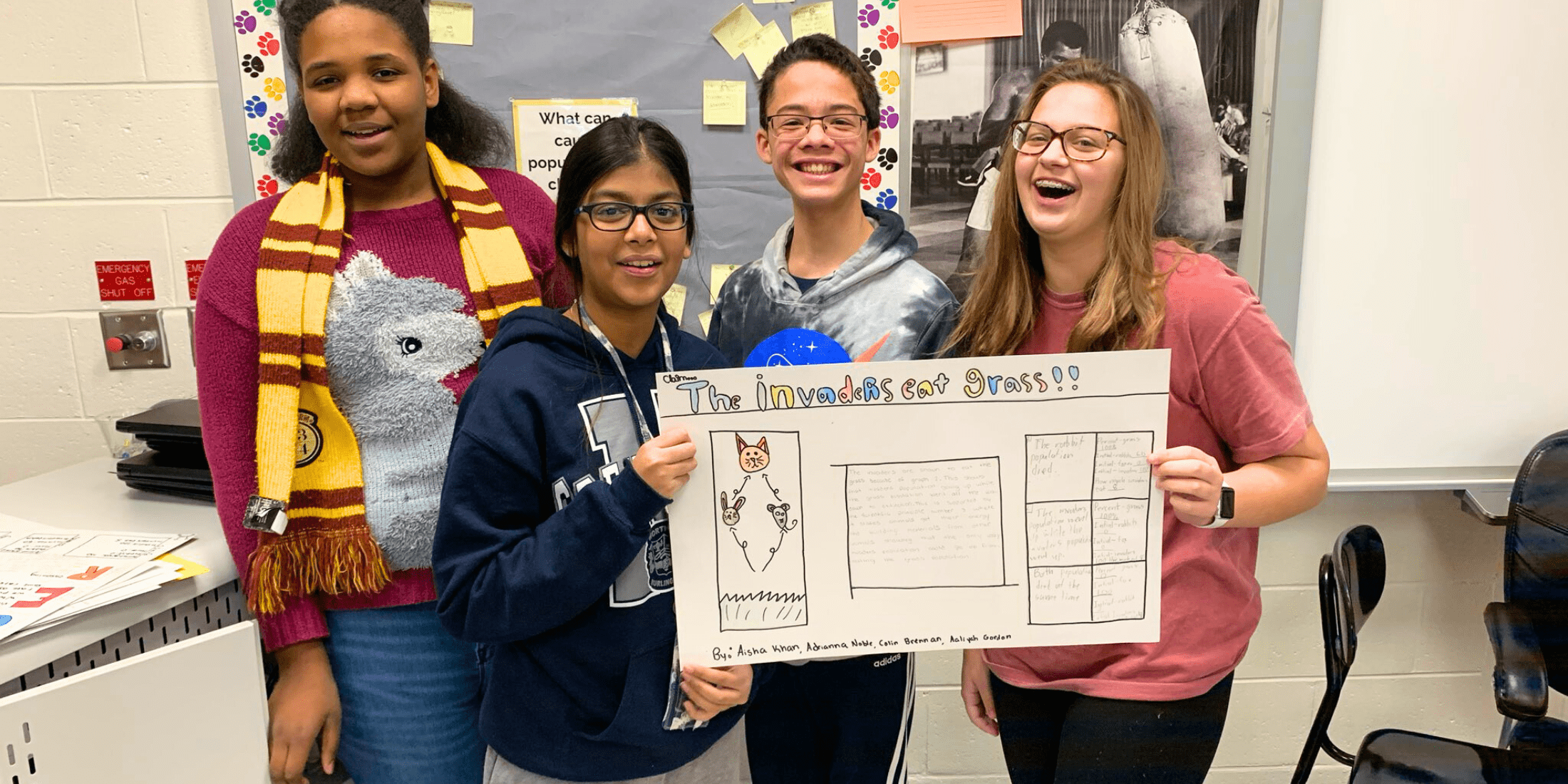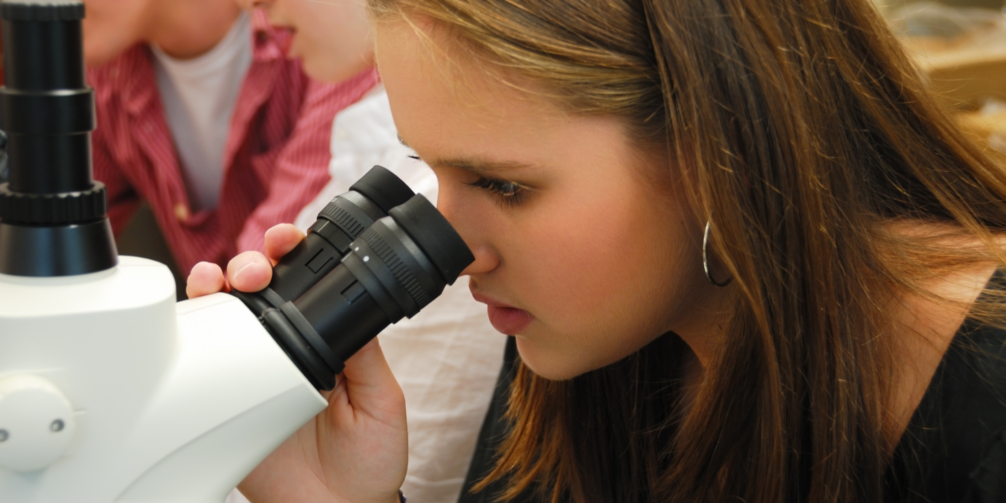Activating Students’ Potential with 3-Dimensional Assessments in OpenSciEd

Quick Take: Explore our webinar recap to uncover the transformative impact of 3-dimensional assessments in OpenSciEd. From innovative assessment strategies to the vital role of parental involvement in science education, this summary provides insights for improving student outcomes. Access the webinar replay and FREE resources to empower your classroom today! 🚀
In a prior blog post, Improving Learning Outcomes with OpenSciEd Student Assessments, we explored the evolving realm of student assessments in science education. Highlighting the shift from traditional methods to performance-based evaluations aligned with OpenSciEd’s 3-dimensional curriculum, we discussed the advantages of capturing a student’s genuine understanding and real-world application of science concepts.
We also emphasized the integration of cutting-edge technology within OpenSciEd’s assessment tools and the pivotal role of parental involvement in the learning journey. With students at risk of continued learning gaps, there is an urgent need for practical assessments to guide instruction. Parents and educators alike want actionable insights to get students back on track and prepare them for future STEM careers.
In the fourth installment of our 5-part webinar series, Snapshot Webinars on 3-Dimensional Learning, we explored vital assessment strategies to help educators meet this need and empower students. Let’s look at some of the key highlights from the webinar.
Observing 3D Learning to Establish Assessment Context
"We're shifting away from memorizing discrete facts and terminology, like vocabulary. These standards are not just about vocabulary anymore. We’re moving towards explaining phenomena and solving problems using the three dimensions, which are the disciplinary core ideas, the cross-cutting concepts, and the science and engineering practices! " – Rebecca Garelli
Presenter Rebecca Garelli (Professional Learning Specialist at Activate Learning) began the webinar by having participants watch a video of students actively engaged in three-dimensional (3D) learning.
This set the context for assessing students’ proficiency with the science and engineering practices, crosscutting concepts, and disciplinary core ideas outlined in the Next Generation Science Standards (NGSS). Rebecca then introduced four critical criteria for designing high-quality 3D assessment tasks:
- Phenomena/Problems: Assessments should present an anchoring phenomenon or problem as the scenario to explain or solve. Using a relevant, engaging context grabs student interest while positioning the task in a real-world situation.
- Requiring 3D Sensemaking: Rather than testing rote facts, tasks should require students to demonstrate how to apply the three dimensions together to make sense of the scenario. This shows their depth of integrated science understanding.
- Fair and Equitable: Tasks should offer multiple accessible ways for students with diverse needs and backgrounds to express their thinking and reasoning through writing, drawing models, oral arguments, etc.
- Matches Learning Intentions: The assessment should target the specific 3D learning goals from instruction, including science practices, crosscutting concepts, and elements of core ideas.
Using these criteria as a lens, participants examined and annotated an end-of-unit assessment of brown bear hibernation cycles. In small groups, teachers identified aligned task components and suggested improvements to meet specific criteria better.
Key takeaways reinforced essential features of three-dimensional assessments:
- Engaging, relevant phenomena provide a meaningful context to assess students’ ability to explain scientific ideas.
- Tasks should require students to apply their integrated understanding of practices, concepts, and ideas to make sense of the scenario.
- Multiple response modes allow equitable access for diverse learners.
- Alignment to specific 3D learning goals keeps the focus on assessing students’ progress in mastering these goals.

Three-Dimensional Assessments in OpenSciEd
With practice analyzing and designing tasks using these research-based criteria, teachers can evaluate and improve their assessments to support three-dimensional learning. OpenSciEd embodies these assessment criteria. With comprehensive units integrating real-world projects, embedded assessments, and educator support resources, OpenSciEd builds students’ skills in science practices while keeping content updated.
Formative and summative assessments provide data to inform instruction. By designing high-quality 3D assessment tasks aligned to science instruction, we can offer better insights into students’ integrated science understanding and help all of them meet proficiency. OpenSciEd also enables parent engagement in understanding assessments and student progress.
To glean more insights from this interactive webinar, watch the video replay below and download the presentation slides and list of FREE resources. And, of course, contact us if you have any questions about implementing three-dimensional assessments in your classroom. We’re happy to help!
Last Chance to Participate LIVE in the Snapshot Webinar Series! ⏰
We’re nearing the end of our exciting Snapshot Webinar Series on implementing 3-dimensional learning. Throughout this webinar series, we’ve guided educators with actionable strategies and tools to help them understand and maximize the transformative benefits of OpenSciEd.
With four webinars now complete, we have just one left in this professional learning series. Don’t miss your last chance to participate and gain practical strategies to improve science instruction!
Our final webinar on October 23, 2023 focuses on applying Universal Design for Learning principles to make science accessible for all students. Please register now to save your spot for this capstone webinar. You’ll get key insights to reduce barriers and leverage student resources in your science classroom.
We look forward to seeing you at the last session! 🚀
Did you miss the live webinar presentations?
Don't worry! Get the strategies and resources shared in the previous webinars in the blog post recaps.
* * * * *
[Header Photo Credit: Sixth-grade students developing models of food webs using organisms found in The Great Lakes. IQWST curriculum. CREDIT: @Suremrsgordon/Twitter]




